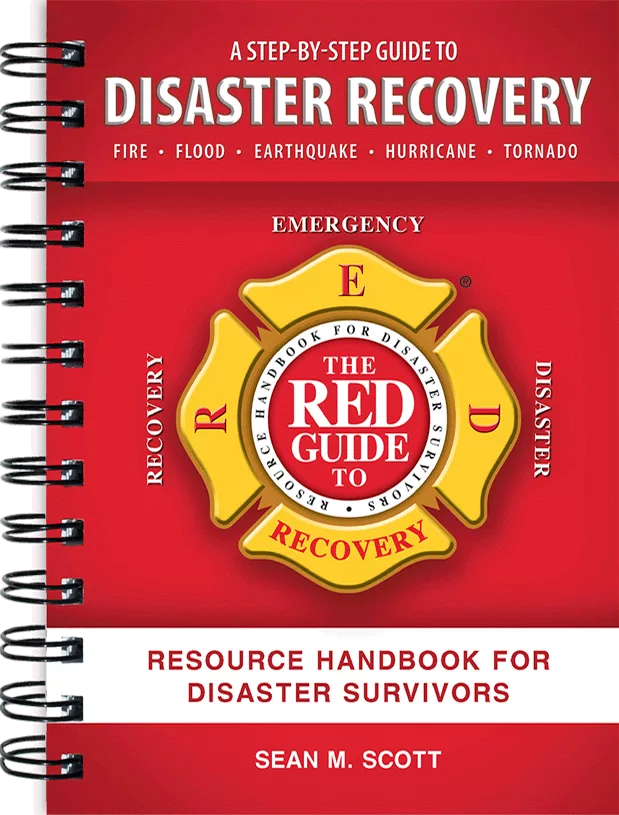Restorative Relationships: Develop & Nurture Mutually-Beneficial Relationships

From minor headaches to major catastrophes, restoration professionals and insurance companies both make significant contributions in getting individuals and businesses up and running again. While there are minor differences between priorities and objectives, both parties are fundamentally heading in the same direction–with a shared goal. The nature of the professional relationship between these two entities is critically important.
In many ways, it’s as if this professional pairing is figuratively passing a baton back and forth until the finish line. When restoration companies and insurers work well together, collaborating consistently and communicating clearly, the resulting synergies can be enormously beneficial. A strong working relationship can make the process of evaluation, remediation, and remuneration more efficient and cost-effective. At every step in the process, from filing a claim to cashing a check, seamless collaboration between restoration companies and insurers has the potential to make things easier, avoid or mitigate the impact of common missteps and pain points, and minimize waste and unnecessary delays.
Consequently, not only do homeowners and business owners get the help they need, but insurers get the information they need to move forward, and contractors are compensated quickly and efficiently.
Empathy and guidance
For restoration companies and insurance adjusters alike, empathy is an important part of the job description. Given the fact that all parties are working closely with businesses and individuals who have–in many cases–suffered a loss, which can be significant, a sense of empathy with the insured party more than part of the job; it’s a significant asset.
The reality is filing a property or home insurance claim is a relatively rare event, and frustration, confusion, and uncertainty often arise. At times like these, when people are often in shock and unsure about how to move forward, they are looking for someone to figuratively hold their hand and walk them through the process. Restoration professionals who can serve in this role can be a significant asset to their insurance partners. Experienced and successful restoration professionals have programs and protocols in place to provide clear and consistent guidance for claimants. Those tools may include training sessions to enhance sensitivity and communications skills to ensure each member of the team is equipped to interact with clients across the board, no matter how large or small their loss may be.
Additionally, team members should be prepared to deliver any and all information to clearly describe not only what is happening and why, but what clients can anticipate moving forward. In circumstances where myriad variables can lead to delays and inevitable frustration, the simple step of keeping people informed and engaged can make the difference between a negative perception and a positive experience.
Empathy and clarity can help establish trust and manage expectations, assuring and reassuring the claimant that the insurers and restoration company have their best interests at heart and are working diligently to make them whole.
Investing in industry pillars
A sense of empathy and understanding can go a long way, as can a well-defined internal structure. Ideally, industry professionals can identify designated team members to serve as points of contact for specific jobs, creating a streamlined process to relay information to the rest of the team. Utilizing a software system to organize email, photos, documents, estimates, and other minute details between internal and external team members is critical. Leadership at any given organization can ease employees’ day-to-day duties even in small ways through processes and procedures that maximize time spent on job sites. The right internal process will allow restoration professionals and insurers additional time that will be better spent communicating with clients, answering their questions and providing guidance and support for a memorable experience.
Creating educational opportunities to sharpen team members’ abilities in tough times is not the only investment to be made for restoration professionals and insurers. Experience and trust foster growth in the relationships between both parties, leading to long and prosperous partnerships, and in some cases, long-term contracts between companies who can embrace that common goal in bringing homes and businesses back on line.
For example, following a fire, business owners want to bring their business back into service as soon as possible. The vetting process in hiring the right professionals can take time and sometimes delay the initial steps. However, through an established relationship between restoration and insurance companies, the business owner will have a knowledgeable team at their fingertips immediately, shortening the time it takes to get someone onsite for the initial review process.
Communication is key
Clear and consistent communication is perhaps the single most important piece of the relationship puzzle between restoration companies and insurers. Collaboration is impossible without communication, and strong two-way communication helps to develop and sustain a mutually beneficial partnership. Communication is essential to finding and evaluating qualified and capable contractors, ensuring transparency about costs and timelines, and even engaging in proactive communication with policyholders (offering reminders, safety tips and other helpful/constructive messaging). The ability to openly and honestly communicate can also avoid or resolve any payment issues–which can be notoriously complex and subject to delays.
Restoration professionals and insurers can also benefit from established connections at an individual level. Disasters can strike at any time, and reliable connections made before an issue occurs can help expedite the process and allows for the initial steps to be taken care of quickly, whether these professionals connect at 9 a.m. or 9 p.m.
The bottom line: A constructive and collaborative working relationship with a trusted restoration partner can have a meaningful impact on the end result for all parties involved.
Looking for a reprint of this article?
From high-res PDFs to custom plaques, order your copy today!








